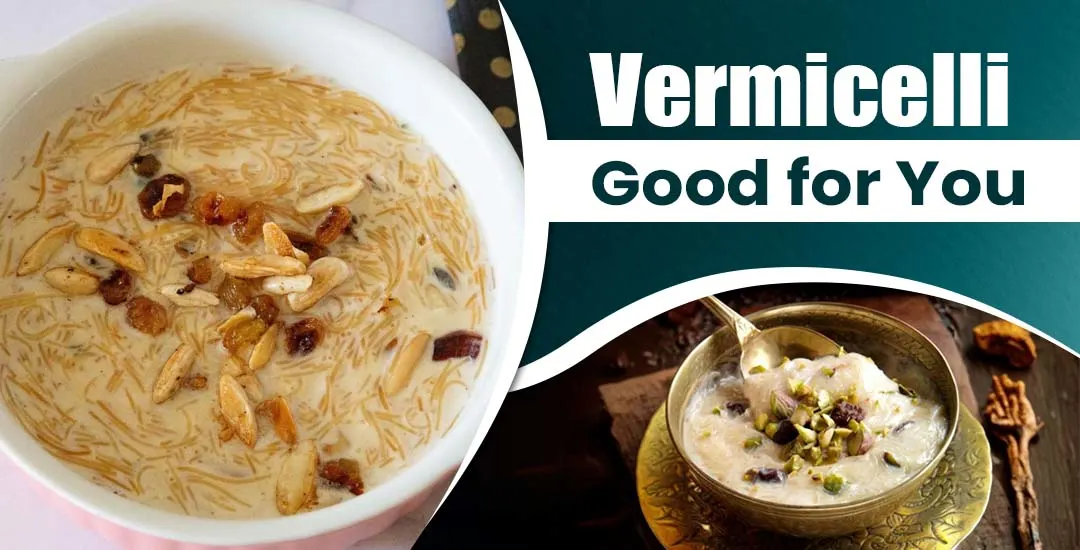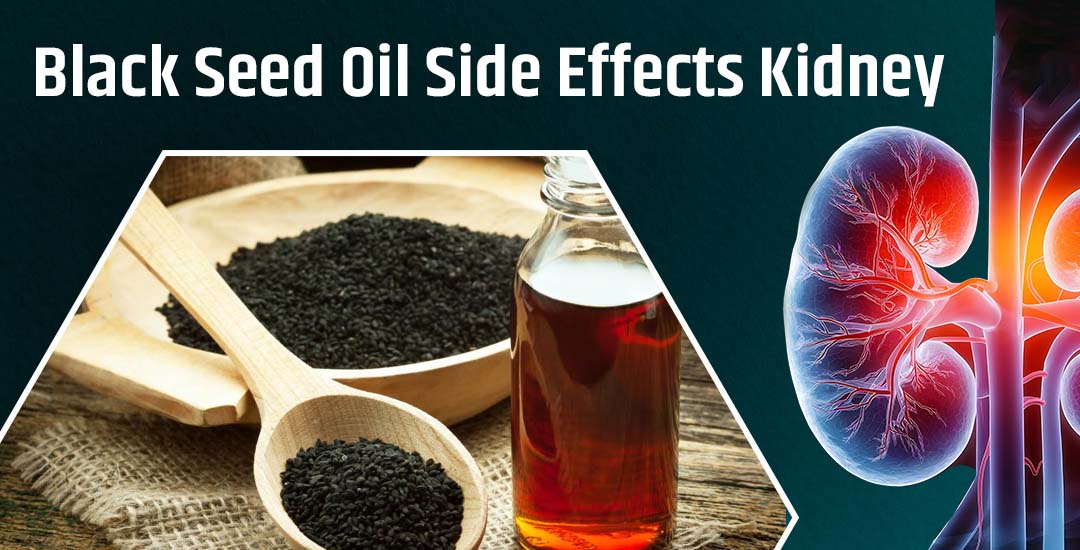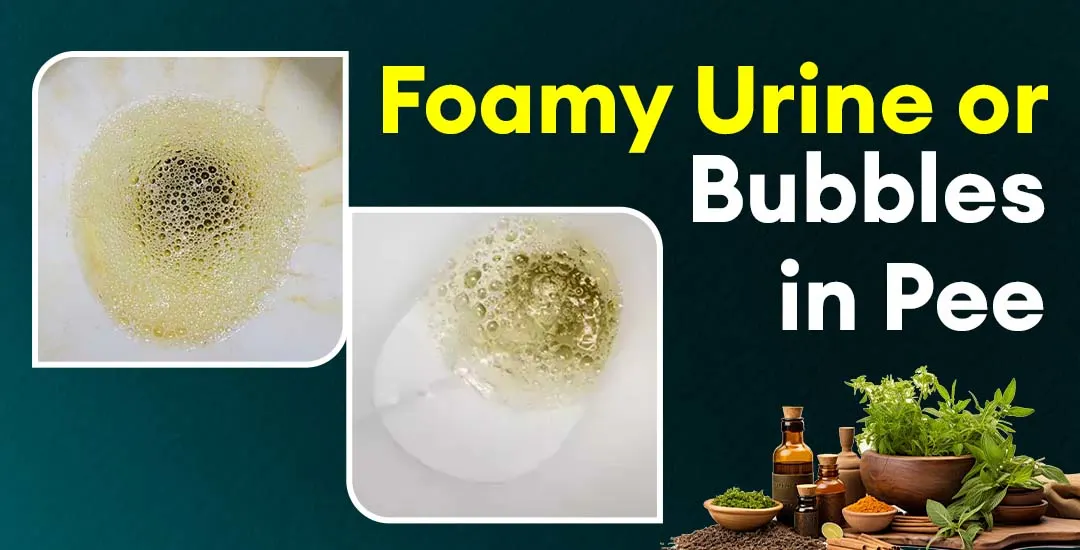
Alright, let’s get straight to it; yes, vermicelli can be good for you, but (and there’s always a “but,” isn’t there?) it totally depends on what kind you’re eating and how you’re cooking it. The plain, unrefined, whole-grain kind? Thumbs up! The instant, fried, overly processed one, swimming in oil and salt? Hmm… maybe not your kidneys’ favorite guest. In short, vermicelli can be your bestie or your backstabber; it all depends on how you treat it! Let’s dig into the truth of what vermicelli is and whether vermicelli is good for health or not.
What Is Vermicelli?
Vermicelli sounds fancy, right? Like something an Italian chef named Marco might toss dramatically in olive oil. But here’s the fun twist: vermicelli is basically spaghetti’s thinner cousin; it just went on a diet, got a tan, and now shows up in cuisines from Italy to India to Vietnam!
In India, we know it best as seviyan; those golden threads of joy that end up in kheer, upma, pulao, and about ten thousand grandma recipes. Depending on where you buy it, vermicelli could be made from wheat, rice, ragi, or even millet. The key to whether it’s good for you lies right there, in the base ingredient.
-
Whole wheat or millet vermicelli = fiber, minerals, slow-digesting carbs.
-
Refined rice or maida vermicelli = empty carbs and a sugar spike party.
So yeah, the ingredient list is your new best friend. Read it before your taste buds get too excited.
Is Vermicelli Good for You?
Let’s give vermicelli its due; it’s not all bad! Yes, when chosen wisely, it’s got some serious health perks.
-
It’s Light on the Stomach
Ever had one of those meals that makes you want to hibernate? Vermicelli isn’t one of them. It’s light, easy to digest, and perfect for breakfast or a lazy dinner. Your tummy basically sighs in relief. -
Energy Booster
Vermicelli is high in carbohydrates, which means it’s great when you need a quick energy hit. Think of it as edible fuel. (Though maybe not the rocket kind. More like the “I have a Zoom meeting in 10 minutes and need something fast” kind.) -
Customizable as Heck
Want it savory? Make upma with veggies and nuts.
Craving something sweet? Whip up creamy seviyan kheer.
Feeling fancy? Toss it in olive oil, garlic, and chili flakes for a “gourmet” 10-minute meal.
Basically, vermicelli is that friend who fits in everywhere; the social butterfly of the food world. -
Available in Healthier Versions
The modern grocery aisle is full of surprises. These days, you can grab vermicelli made from ragi, multigrain, or millets; all loaded with fiber and micronutrients. These are genuinely healthy alternatives that make your gut and your taste buds equally happy.
The Not-So-Good Stuff
Of course, every story has its villain. Vermicelli’s dark side appears when we go overboard with the fried, instant, and refined versions.
-
Refined Carbs Galore
Regular white or maida-based vermicelli spikes your blood sugar faster than you can say “seviyan.” Not a great idea for diabetics or anyone watching their carb intake. -
Instant = Loaded with Salt and Oil
That quick-cook, “just add water” vermicelli packet? It’s probably swimming in sodium and preservatives. It’s the junk food version of what could’ve been a healthy meal. Tasty, sure; but your blood pressure might not thank you later. -
Low in Fiber and Protein
Regular vermicelli won’t keep you full for long. You’ll be raiding the fridge again before your next Zoom call. (We’ve all been there.) -
Portion Control Is Key
Vermicelli is one of those foods that looks small before cooking but magically triples in size like a soap opera plot twist. So yeah, don’t pour half the packet in the pan unless you’re feeding an army.
How to Make Vermicelli Actually Healthy?
Now for the fun part: turning this humble ingredient into a superstar.
-
Go Whole-Grain or Millet-Based
Pick vermicelli made from wheat, ragi, or foxtail millet. They’ve got fiber, protein, and nutrients that your gut will genuinely appreciate. -
Add Veggies Like There’s No Tomorrow
Throw in carrots, beans, capsicum, spinach; basically, whatever’s hiding in your fridge. The more colors, the better (yes, even that lonely half tomato counts). -
Ditch the Frying
Toast vermicelli lightly if you must, but skip the deep-fry. Steam or roast; your heart will silently thank you. -
Protein Power-Up
Toss in some paneer cubes, tofu, egg, or lentils to balance your meal. Because carbs + protein = long-lasting energy and zero 4 PM slumps. -
Watch the Sugar (for Sweet Versions)
If you’re making kheer, maybe don’t pour in half a kilo of sugar. Try jaggery, dates, or stevia for sweetness that’s easier on your body.
So… Should You Eat Vermicelli Often?
Sure! As long as it’s the unrefined, whole-grain kind and you don’t turn it into an oil bath or a sugar bomb, vermicelli is a perfectly fine part of a balanced diet. Think of it as your “sometimes everyday” food; good for busy mornings, lazy dinners, or comfort cravings.
And honestly, food is also about joy, right? If a bowl of warm, lightly spiced vermicelli upma makes your rainy morning better, go for it. Just maybe skip the second bowl if your jeans are starting to stage a protest.
On a side note, if you are wondering, “Is noodles healthy for you?”, then the answer is yes, they can be okay occasionally, but most instant or refined ones are loaded with salt and low on nutrients; try avoiding them.
Final Noodle of Wisdom
So, is vermicelli noodles healthy? Yes, when you choose wisely and cook smartly.
Go for the whole-grain or millet kind, add veggies, skip the frying, and balance your plate. That way, you get taste, nutrition, and zero guilt. But be sure to eat it in moderation, though, it does taste super awesome. You've got to put a rein on your taste buds for your health.
FAQ
Is Vermicelli Good for You?
In moderation, yes. It is light, easy to digest, and low in fat.
Is Vermicelli Healthier Than Rice?
Not really. Rice is slightly better nutritionally if it’s brown or unpolished.
What Is Vermicelli Made Of?
Usually wheat, rice, or semolina (suji). Some versions are made from millets or whole grains as well.



